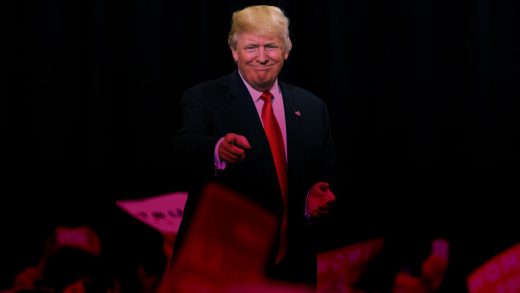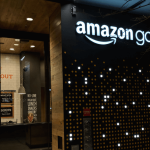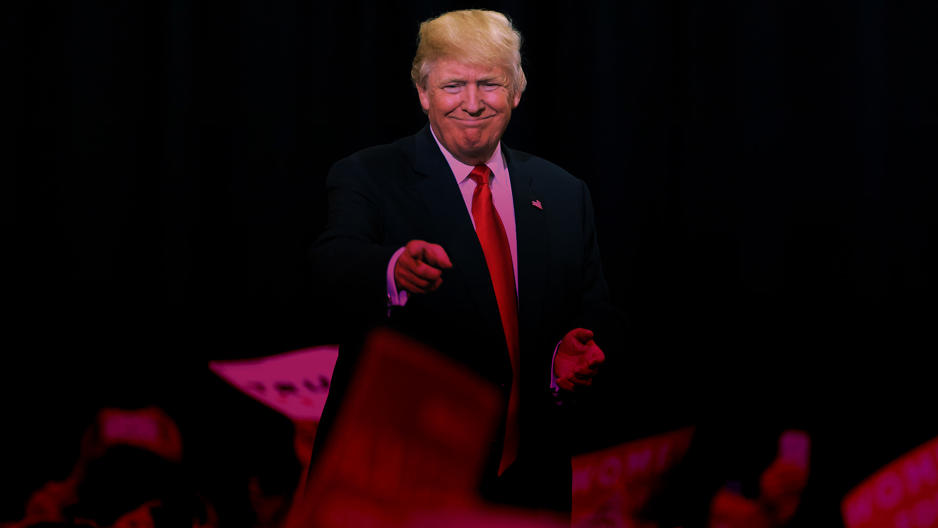What Does The Global Rise Of Nationalism Mean For Tech?
Among the many ugly themes that defined this year’s presidential election, few are more salient than the unexpectedly rapid rise of nationalist views. And with the stunning victory of Donald Trump, those views seem validated.
From calls to build physical country borders to debates on international trade agreements, the discussion has quickly descended from a potentially positive, patriotic one to an increasingly negative, isolationist one. It’s tainted both the country’s mood, and the business environment.
The nationalist discussion has echoed around the world. Witness Brexit and its impact on Europe. China’s business and trade policies increasingly favor domestic companies at the expense of international ones; this could push other countries to assume a similar posture. It’s starting to feel like the world around us is turning xenophobic.
And the underlying currents that have driven the rise of nationalistic sentiment don’t go away because one person gets elected or one policy gets enacted—they take a much longer time to get resolved.
For many U.S. tech companies, this drift toward nationalism around the world raises serious concerns about future growth. From tech giants like Apple and Amazon to rising upstarts like Netflix and Uber, the international expansion plans of many well-established U.S. brands are being put into more serious question—if not completely abandoned.
Some of these challenges are caused by government policy changes in countries like China and India. China’s strict new cybersecurity laws, for example, are making it more difficult for U.S. companies to do business in the country. Some companies are even considering the prospect of building China-specific versions of everything from CPUs to network switches to operating systems. In India, Apple’s efforts to open retail stores were thwarted by the government’s demand that 30% of products sold at retail must be built in India—a demand that the Cupertino-based giant is unwilling to meet.
Of more concern, however, is the fact that many of these challenges stem from base-level populism among consumers in each region. In other words, the global cachet of American brands is starting to fade among some international consumers as a result of their desire to own devices made in their own country. For example, in the September-ending quarter, Apple’s smartphone shipments in China fell 31% while local leader Huawei saw its shipments rise 9% and second-place vendor Oppo saw a staggering 136% increase, according to Strategy Analytics.
If these movements continue, the implications could be profound. Not only would many U.S. tech companies have to scale back their expectations for international growth, they’d have to figure out ways to generate new growth within their existing customer base—or face the wrath of Wall Street and other investors (expectations for future international growth are often built into the valuations of tech companies large and small). And finding growth in the already tech-saturated U.S. market isn’t easy.
Longer term, I’m confident that many American tech companies can adjust to the new global realities facing them. But the road to large international growth has many more twists and turns than it once did.
Bob O’Donnell is the president and chief analyst of TECHnalysis Research, LLC a market research firm that provides strategic consulting and market research services to the technology industry and professional financial community. You can follow him on Twitter @bobodtech.
Fast Company , Read Full Story
(40)














